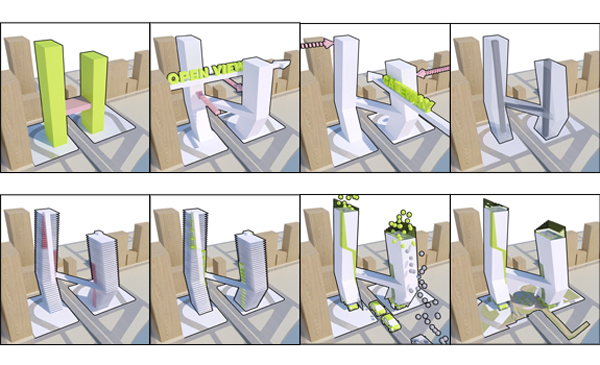When thinking of Chicago you probably think of its famous architecture, and rightly so. In the future you may think of Chicago’s reclaimed land and eco-conscious landscaping. In the last few decades the city has covered rail yards and car parking with natural features (and art!), built new waterfronts where an airport used to be, and are currently expanding their riverwalk to include more natural features. The city’s skyline is a real treat and now so is the pedestrian realm.
Cities around the globe are looking to restore native ecologies, turning back the clock on the destructive landscape practices of past few centuries. The same is true for Chicago, which has a number of experiments along its shores to unbuild the city and find the most effective practices for doing so. In this video, we walk to a few of these sites and explore their techniques for unbuilding the city in order to give it back to nature. The five sites are: Northerly Island, the Field Museum, Millennium Park, the River Walk, and the Wild Mile. We look at each closely to see just how their before and after reveals changing attitudes toward living with nature.


